The heart of the controller will be an Arduino Mega 2560 because I need the extra IO pins and I'll never be able to fit the program code in just 30 Kb. All user input will be done with lots of potentiometers (knobs) and momentary switches (buttons). A numerical keypad may be added for the modulation matrix configuration. Feedback will be provided by a 20x4 LCD screen and a large number of blue LEDs to indicate switch status.
Matrix Midi Controller
A long-term project to build the ultimate hardware controller for the Oberheim Matrix 1000 synthesizer.
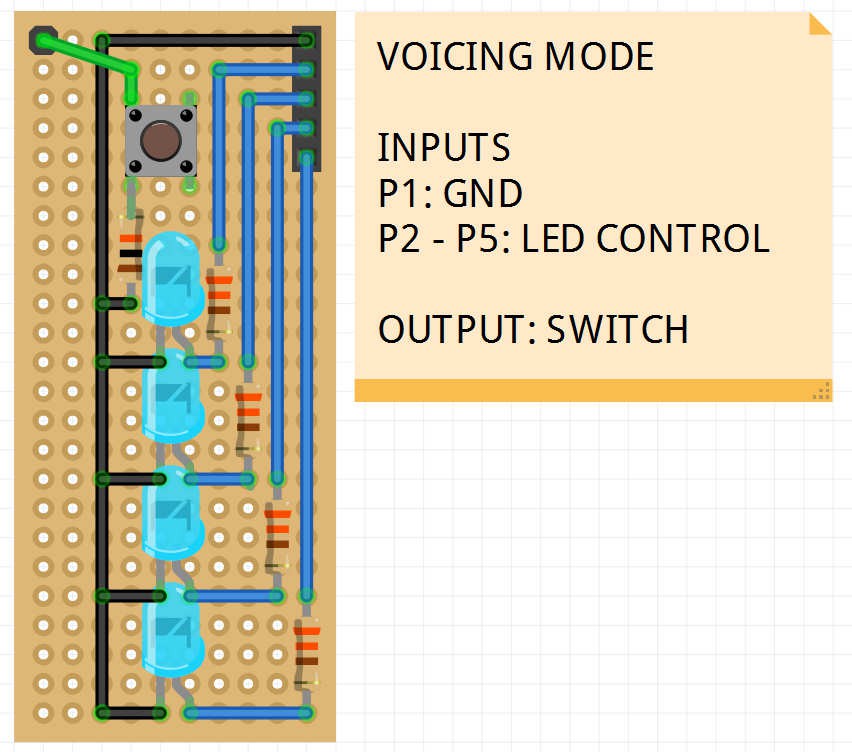
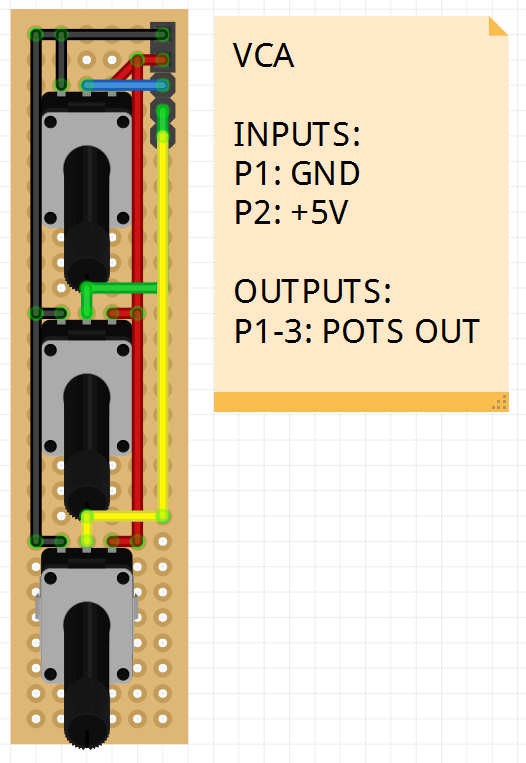
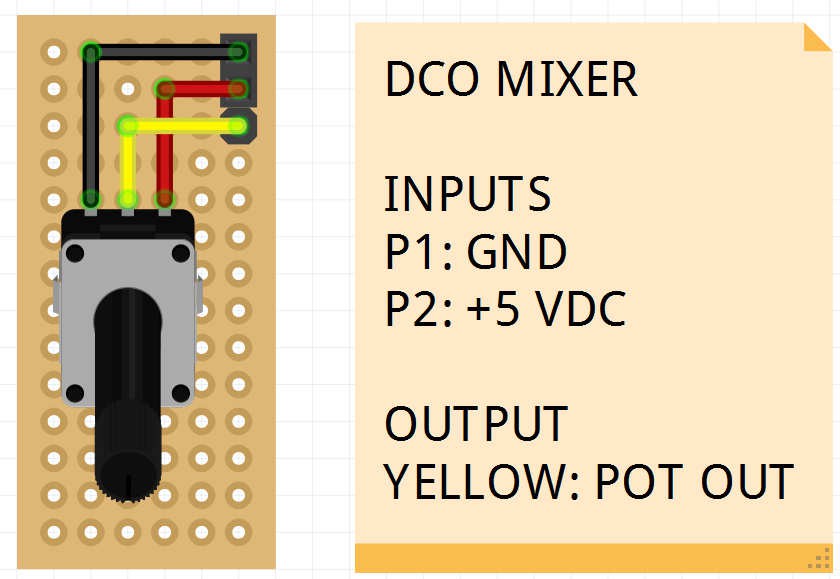
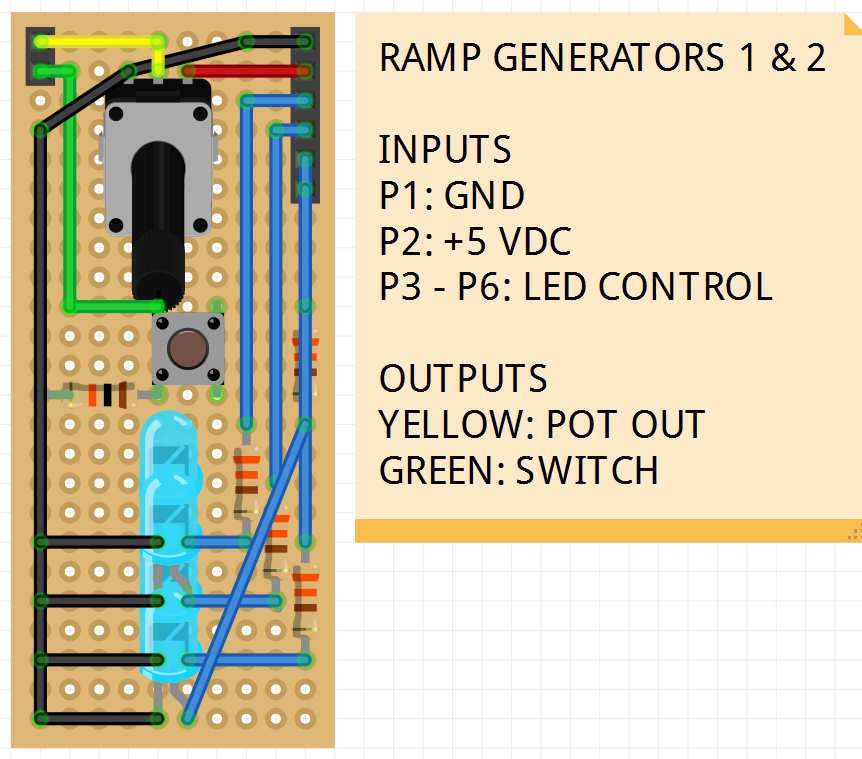

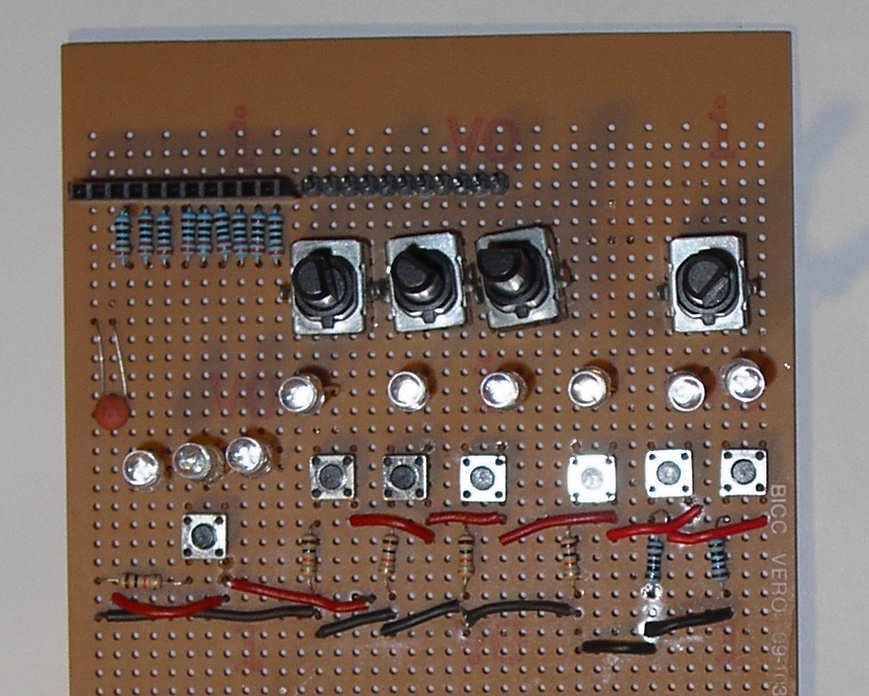
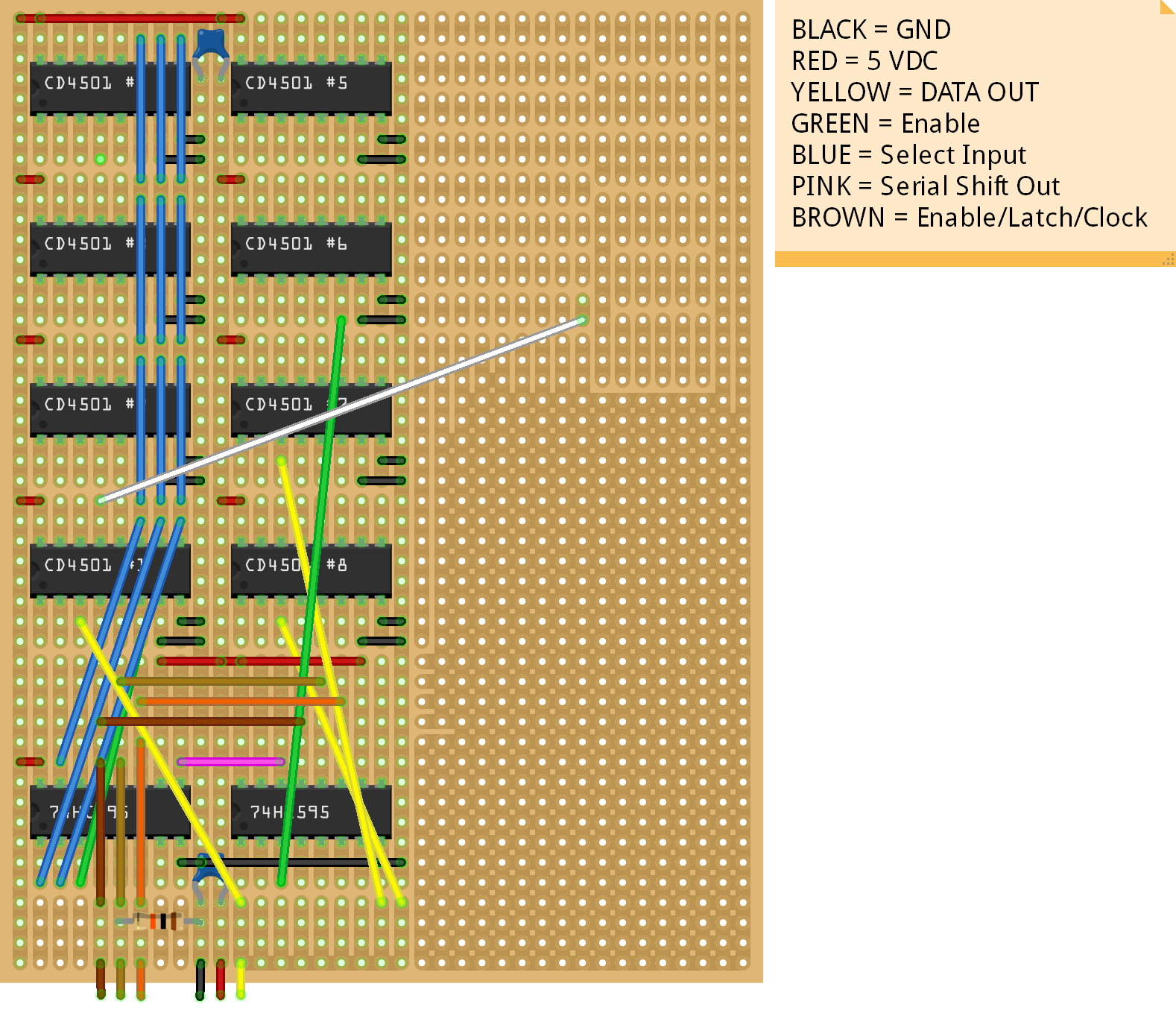
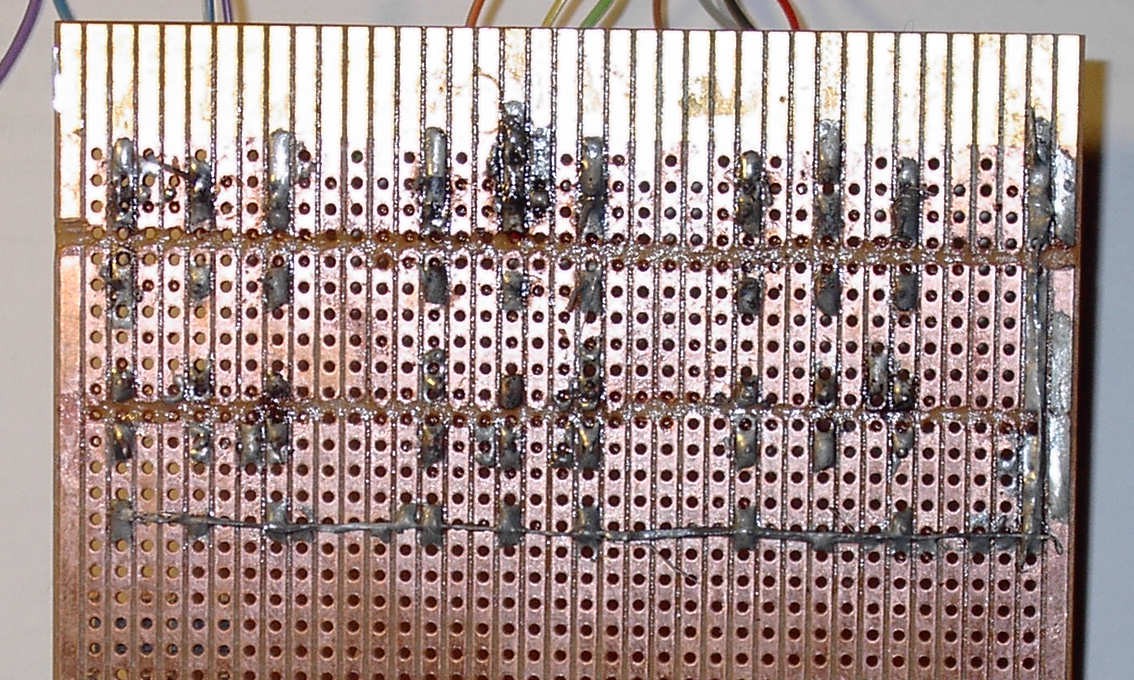



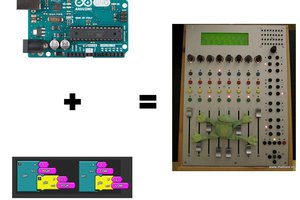
 uri.shani
uri.shani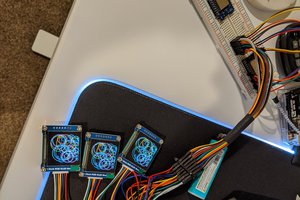
 David Cain
David Cain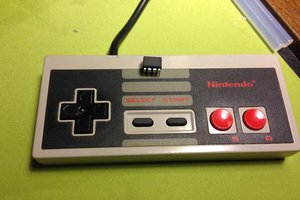
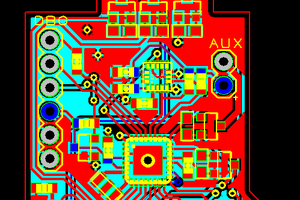
 HP (@banjohat)
HP (@banjohat)
pcf8591